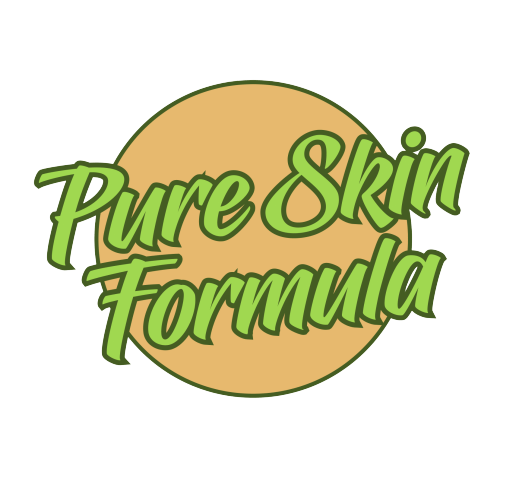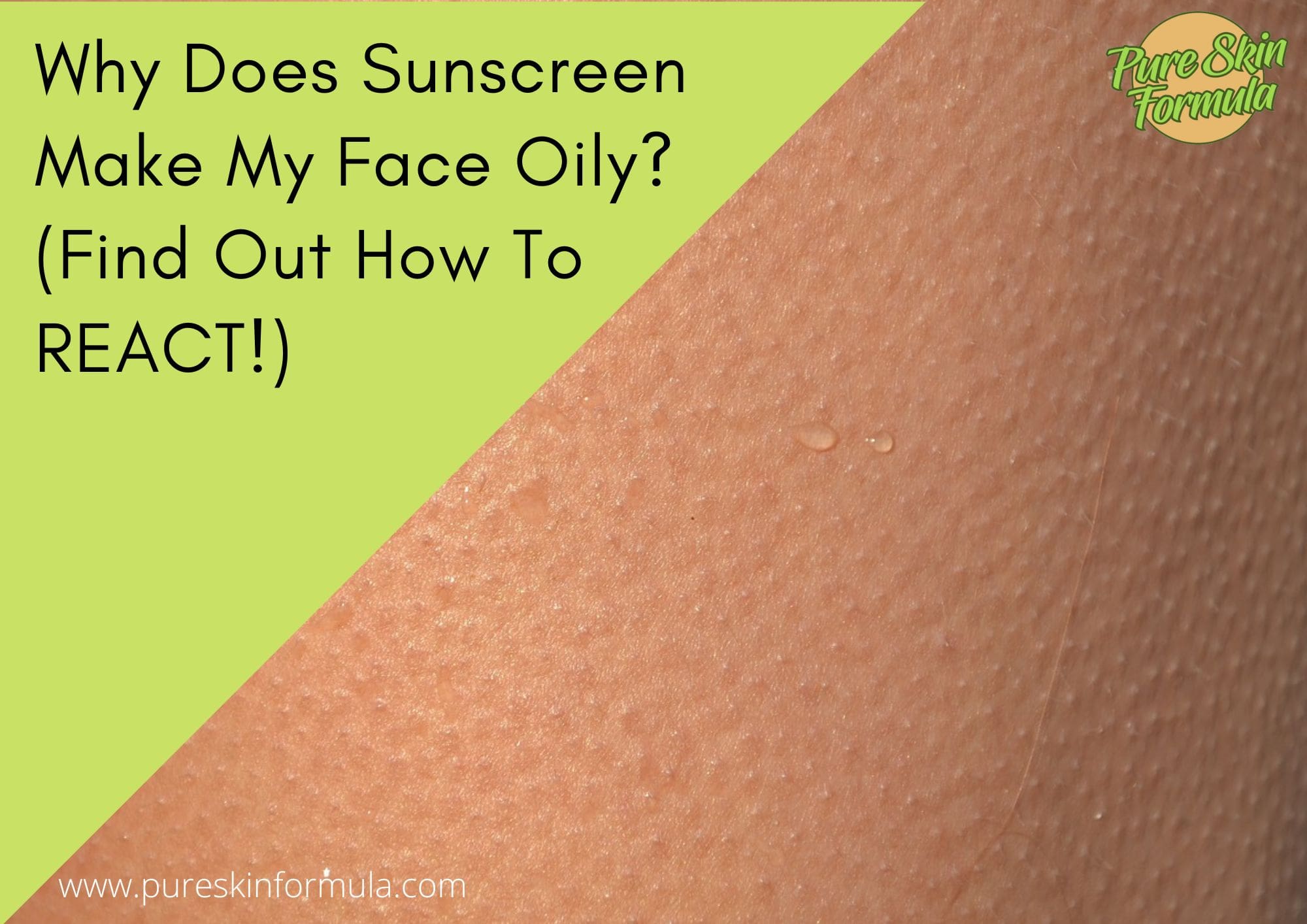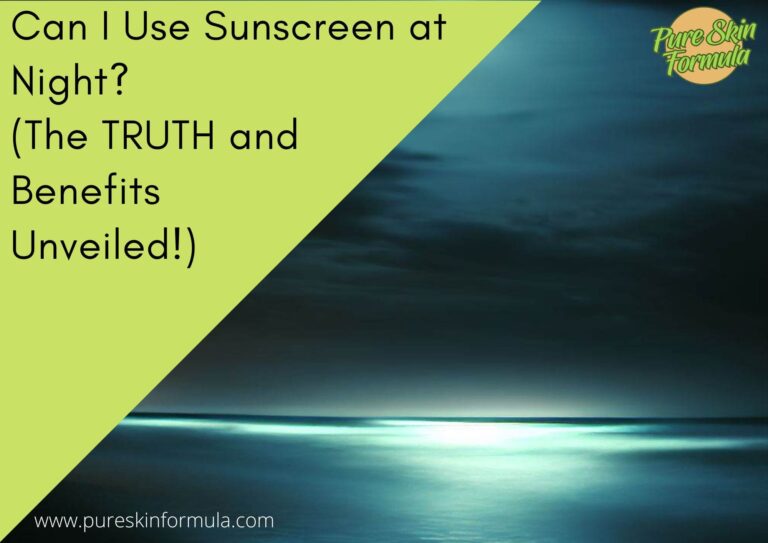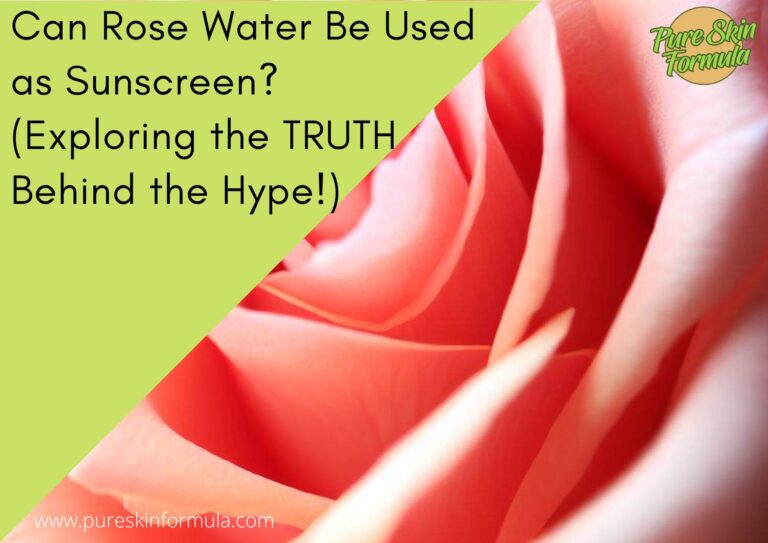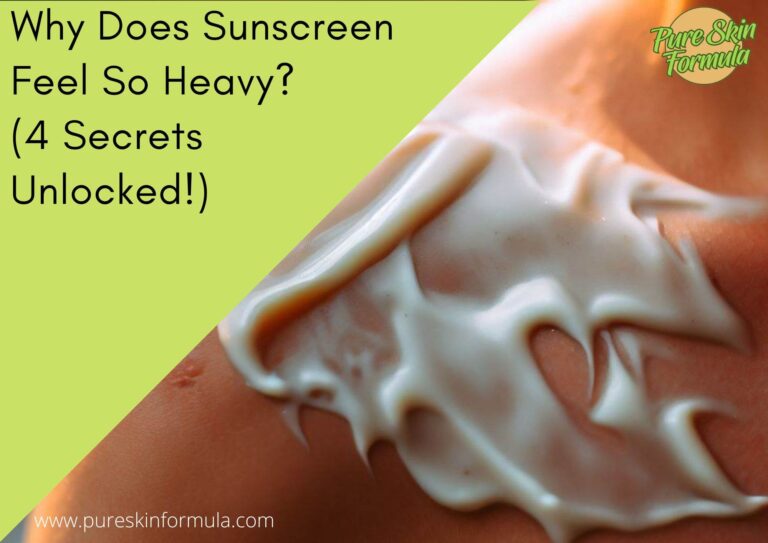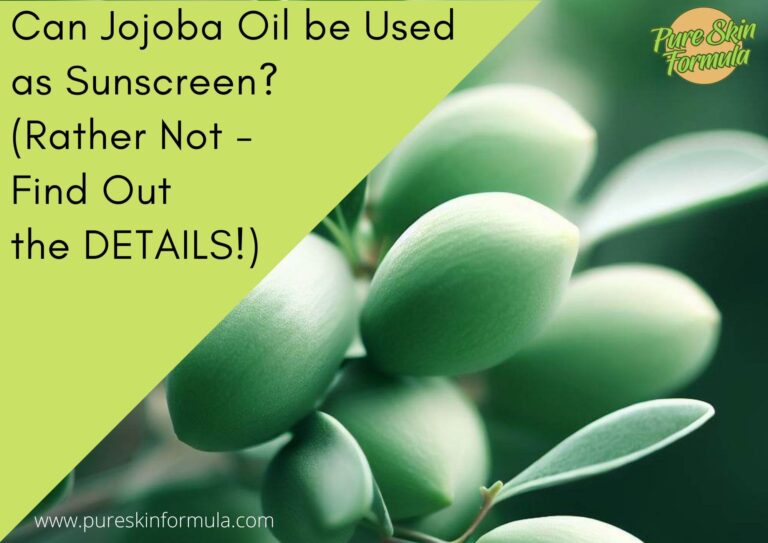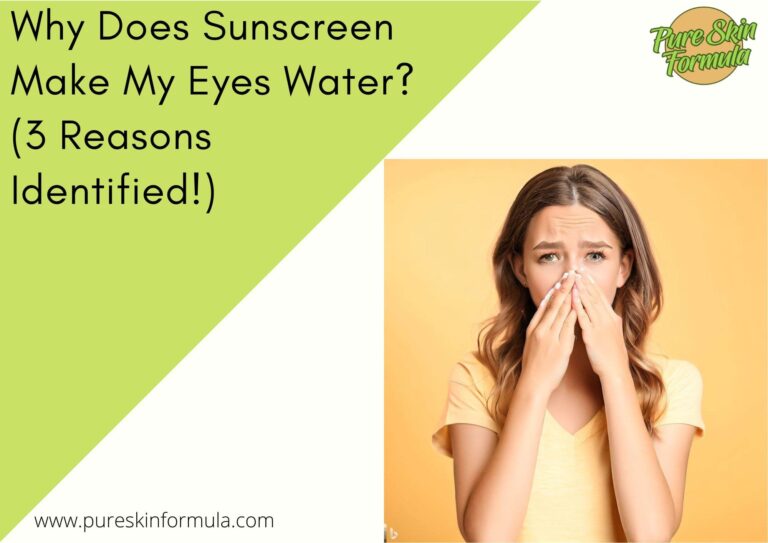Are you one of those people who apply sunscreen to your face and then feel like you’ve rubbed cooking oil all over it?
You’re not alone! Many of us have experienced the unpleasant phenomenon of oily skin after applying sunscreen.
So, what’s causing this issue? In this blog post, we’ll dive deep into the science behind this and discuss the common ingredients found in sunscreen that can contribute to oily skin.
We’ll also explore how different skin types react to sunscreen and provide tips for choosing the right sunscreen for your skin type.
By the end of this post, you’ll better understand why your sunscreen might be causing oily skin and how to prevent it.
Why Does Sunscreen Make My Face Oily?
One of the main culprits is the type of sunscreen you use. Many sunscreens contain oils or other ingredients that can contribute to excess oil production on the skin.
Another factor is the way you apply sunscreen. If you’re not applying it correctly, it can leave a thick layer on the skin that can clog pores and lead to oily skin.
Additionally, environmental factors such as humidity and heat can exacerbate the oiliness caused by sunscreen.
Let’s go into detail. We will first find out how the sunscreens can differ in their formulas.
What common ingredients can you find in sunscreens?
There are two main types of sunscreens: chemical and physical. Both types contain active ingredients that protect the skin from the sun’s harmful UV rays.
Which are they? Among the most widespread chemical filters are:
- Oxybenzone: absorbs UVB and short UVA rays
- Avobenzone: absorbs long UVA rays
- Octinoxate: absorbs UVB rays
- Homosalate: absorbs UVB rays
- Octisalate: absorbs UVB rays
- Octocrylene: absorbs UVB and some UVA rays
The most essential physical filters are zinc oxide and titanium dioxide. They both are effective (in different ways) in reflecting and scattering UVA, UVB, and UVC rays.
These active ingredients work by either absorbing or reflecting/scattering the UV rays before they can penetrate the skin.
Sunscreens contain inactive ingredients such as emollients, humectants, and preservatives to improve the product’s texture, feel, and shelf life.
When we know what is the difference between the formulas of the two main types of sunscreens, let’s see:
How can some ingredients contribute to making the skin oily?
Some substances, especially those in chemical sunscreens, can make the skin oily because they are designed to absorb the sun’s rays and mix with the natural oils on the skin’s surface, leading to a greasy or oily appearance.
Some can clog pores and cause breakouts, especially those with oily or acne-prone skin. Let’s see some of these potential culprits.
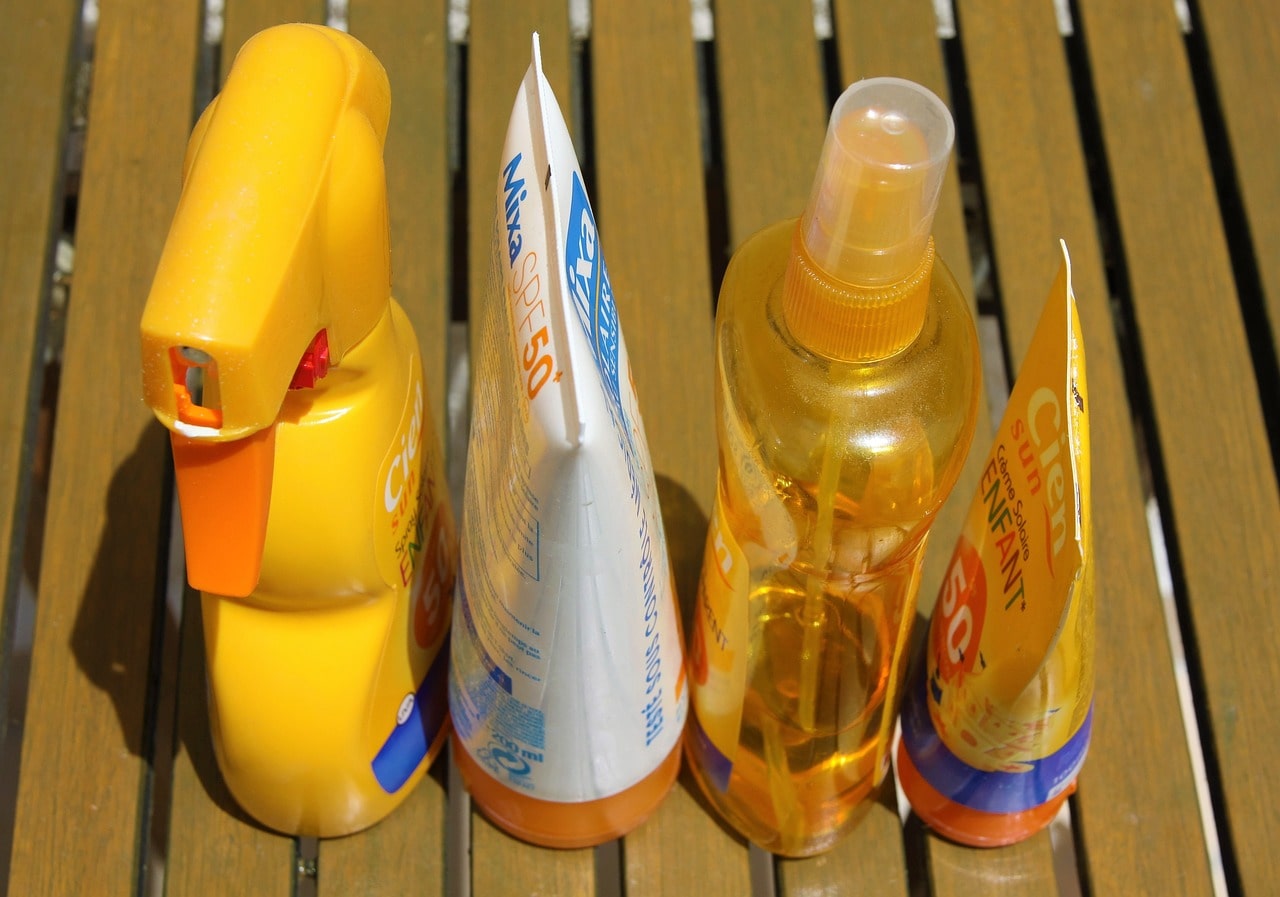
1. Mineral oil can clog pores and cause breakouts, especially for oily skin.
2. Silicone-based ingredients can help create a smooth and even finish on the skin but can also contribute to a greasy or oily appearance.
3. Lanolin is commonly found in some sunscreens as a moisturizing agent. However, it can also clog pores.
4. Isopropyl myristate is a synthetic oil commonly found in sunscreens that can make your skin greasy or oily.
How do the different skin types react to the sunscreen?
People with normal skin have a balanced skin type that is not too oily or dry.
They usually have few issues with sunscreen, and their skin is likely to absorb the sunscreen easily without leaving a greasy residue.
People with dry skin may have difficulty finding a sunscreen that works well. Sunscreen can exacerbate dryness and may leave the skin feeling tight or uncomfortable.
Those with dry skin may benefit from moisturising sunscreen containing hydrating ingredients such as glycerin or hyaluronic acid.
People with oily skin may struggle to find a sunscreen that does not contribute to making their skin more oily.
They have overactive sebaceous glands, which produce more oil than necessary, leading to a shiny appearance and an increased risk of acne breakouts.

When sunscreen is applied to oily skin, the excess oil on the skin’s surface can mix with the sunscreen, making the skin appear greasy and shiny.
This can also cause the sunscreen to slide off the skin, reducing effectiveness.
They should look for oil-free, non-comedogenic sunscreens with ingredients that help control oil production.
Combination skin is a mix of oily and dry areas on the face. This skin type can be tricky to manage with sunscreen since some areas need more hydration.
People with combination skin should use a lightweight sunscreen that won’t feel too heavy on oily areas and moisturize the face’s drier areas.
People with sensitive skin may have an adverse reaction to some sunscreen ingredients.
They should look for fragrance-free, dye-free sunscreens containing physical blockers like zinc oxide and titanium dioxide, which are less likely to irritate.
Why applying sunscreen correctly is essential?
Sun damage can cause uneven skin tone, such as dark spots and hyperpigmentation.
Applying sunscreen can help prevent this damage and keep the skin looking even and healthy.
It increases its effectiveness. A good reference point for the amount of sunscreen is 2 milligrams per square centimeter of skin.
Applying less can reduce the sunscreen’s effectiveness and leave the skin vulnerable to damage.
Applying sunscreen correctly can help avoid discomfort caused by sunburn, such as pain, itching, and peeling.
Sunburn can also cause long-term damage to the skin and increase the risk of skin cancer.
General tips for adequately applying sunscreen
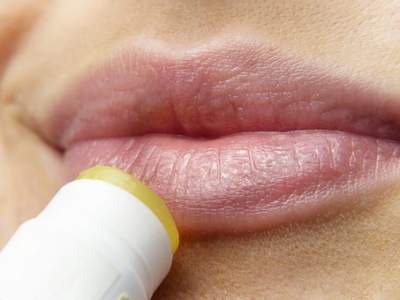
- Apply sunscreen at least 15-30 minutes before going outside to allow it to absorb into the skin properly.
- Use enough sunscreen to cover all exposed skin, including your face, ears, neck, and hands.
- Reapply sunscreen every two hours or more frequently if you’re swimming, sweating, or towel-drying.
- Use a shot glass amount of sunscreen (1/4 teaspoon) for the face and a golf ball amount of sunscreen (1 ounce) for the body.
- Apply sunscreen to your lips with a lip balm that contains SPF.
- Use sunscreen daily, even on cloudy days or when staying indoors, as UVA rays can penetrate through windows.
How humidity and heat can contribute to oily skin when using sunscreen?
When using sunscreen, environmental factors like humidity and heat can contribute to oily skin. Here’s how:
High humidity levels can make the skin feel more oily because the moisture in the air can mix with the skin’s natural oils and the sunscreen applied to the skin.
When the skin is exposed to high humidity, it can cause the skin’s pores to open up, leading to increased oil production.
This can make the skin look shiny and greasy, especially when using sunscreen.
When the skin is exposed to high temperatures, it can cause the sebaceous glands to produce more oil.
This is because heat increases blood flow to the skin, stimulating the glands to produce more sebum and a shiny appearance.
When sunscreen is applied to the skin in hot weather, it can mix with the excess oil on its surface.
Other measures that can prevent oily skin while using sunscreen
- Use oil-absorbing sheets or blotting paper to remove excess oil from the skin throughout the day.
- Use a mattifying primer before applying sunscreen to help control shine and oil.
- Avoid using heavy moisturizers or makeup on top of sunscreen, which can contribute to oily skin.
- Wash your face with a gentle cleanser before and after applying sunscreen to remove excess oil and dirt.
- Use a toner containing salicylic acid or witch hazel to control oil production.
- Avoid touching your face too often, as this can transfer oil and dirt from your hands to your face, increasing oil production.
In conclusion
Understanding why sunscreen makes your face oily is vital to finding the right sunscreen for your skin type and preventing oily skin.
By choosing a sunscreen that is oil-free and non-comedogenic, applying it correctly, and taking measures to control oil production, you can enjoy the benefits of sunscreen without the unwanted side effect of oily skin.
Protecting your skin from the sun’s harmful rays is crucial for maintaining healthy skin, so don’t let the fear of oily skin prevent you from using sunscreen.
Thank you for reading!
Valeria
